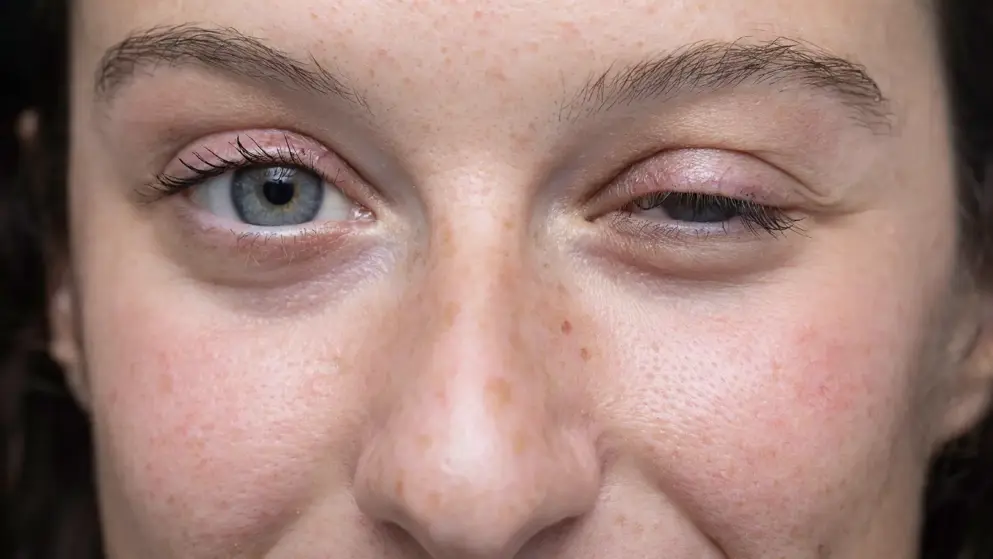
New data showcases the strength of nipocalimab, demonstrating long-term sustained disease control in adults living with generalized myasthenia gravis (gMG) - Johnson & Johnson
Johnson & Johnson announced results from additional analyses of the Phase III Vivacity-MG3 double-blind study and the ongoing open-label extension (OLE), evaluating the long-term efficacy and safety of investigational nipocalimab in a broad population of antibody-positive (anti-AChR+, anti-MuSK+, anti-LRP4+) adults with generalized myasthenia gravis (gMG). Patients treated with nipocalimab plus standard of care (SOC) maintained improvements in their MG-ADL and QMG scores over 84 weeks with sustained reductions in total immunoglobulin G (IgG). These data are included in a presentation and are among 12 abstracts that Johnson & Johnson will present at the American Academy of Neurology (AAN) 2025 Meeting in San Diego, California, which includes an oral presentation on QMG score improvements from the double-blind phase of the Phase III Vivacity-MG3 study.
“The sustained disease control seen over 84 weeks for nipocalimab is a key result given the chronic course of generalized MG and the significant burden on people living with this condition,” said Constantine Farmakidis M.D., Associate Professor of Neurology at University of Kansas Medical Center. “Overall, I am encouraged by these results that show improvement in disease control as measured by the MG-ADL and QMG scores across a broad population seropositive for AChR, MuSK, or LRP4 autoantibodies.”
Nipocalimab demonstrated a mean change in MG-ADL of -5.64 (p<0.001) from the double-blind baseline after 60 weeks in the OLE for study participants receiving nipocalimab and SOC, and -6.01 (p<0.001) mean change for study participants who transitioned from placebo and SOC to nipocalimab and SOC. In the antibody-positive population, 45% of patients receiving steroids at the OLE baseline were able to decrease or discontinue steroids at the time of this data cut by more than half of the baseline dose. Among these patients, the mean dose of prednisone decreased from 23 to 10 mg per day. Nipocalimab had a consistent and tolerable safety profile throughout the OLE phase.
Additional findings from the Phase III Vivacity-MG3 double-blind study indicate that patients treated with nipocalimab plus SOC achieved statistically significant improvements in their QMG score by -4.9 versus placebo plus SOC (p<0.001) over weeks 22 and 24. Patients in the nipocalimab plus SOC treatment group were four times more likely to sustain symptom improvement at 20 weeks compared to the placebo plus SOC group, as measured by a three or greater point improvement on the QMG score. Results show significantly more patients treated with nipocalimab (36.4%,) versus placebo (10.5%, p<0.001) spent greater than 75% of study duration demonstrating improvements in the QMG score. A reduction of more than three points in the QMG score indicates a decrease in the severity of the patient’s symptoms as a result of improvements in muscle strength, allowing patients to carry out important daily activities such as swallowing and chewing.
“People living with generalized MG around the world endure daily challenges, such as difficulties swallowing, impaired speech and muscle weakness. They deserve additional, effective treatment options that help address these challenges and provide sustained disease control and stability over time,” said Katie Abouzahr, M.D., Vice President, Autoantibody Portfolio and Maternal Fetal Immunology Disease Area Leader, Johnson & Johnson Innovative Medicine. “These positive data underscore our commitment to helping develop potential innovative therapeutic options for patients living with autoantibody diseases, including gMG.”
About the Phase III Vivacity-MG3 study
The Phase III Vivacity-MG3 study (NCT04951622) was specifically designed to measure sustained efficacy and safety with consistent dosing in this unpredictable chronic condition where unmet need remains high. Antibody positive or negative adult gMG patients with insufficient response (MG-ADL ≥6) to ongoing SOC therapy were identified and 199 patients, 153 of whom were antibody positive, enrolled in the 24-week double-blind placebo-controlled trial. Randomization was 1:1, nipocalimab plus current SOC (30 mg/kg IV loading dose followed by 15 mg/kg every two weeks) or placebo plus current SOC. Baseline demographics were balanced across arms (77 nipocalimab, 76 placebo). The primary endpoint of the study was mean change in MG-ADLb score from baseline over Weeks 22, 23 and 24 in antibody positive patients. A key secondary endpoint included change in QMG score. Long-term safety and efficacy were further assessed in an ongoing open-label extension (OLE) phase.

